In a stunning turn of events, the tranquil waters of La Jolla Shores became the stage for an extraordinary marine spectacle on August 10, 2024. A team of intrepid science kayakers and snorkelers stumbled upon a sight that has captured the imagination of locals and scientists alike: a 12-foot-long oarfish, floating lifeless near the shore. This rare encounter with the deep-sea dweller, often dubbed the “doomsday fish,” has ignited a flurry of excitement and speculation within the scientific community and beyond.
The discovery of this elusive creature, known for its serpent-like appearance and mysterious habits, has reignited age-old debates about its potential role as a harbinger of natural disasters. While some view the sighting with trepidation, citing historical correlations between oarfish appearances and seismic events, scientists at the prestigious Scripps Institution of Oceanography see this as a golden opportunity to delve deeper into the secrets of this enigmatic species. As the oarfish finds its new home in one of the world’s largest deep-sea fish collections, researchers stand poised to unravel the mysteries surrounding its life, death, and the profound implications of its unexpected journey to the surface.
The Biology and Ecology of Oarfish: Deep-sea Marvels Unveiled
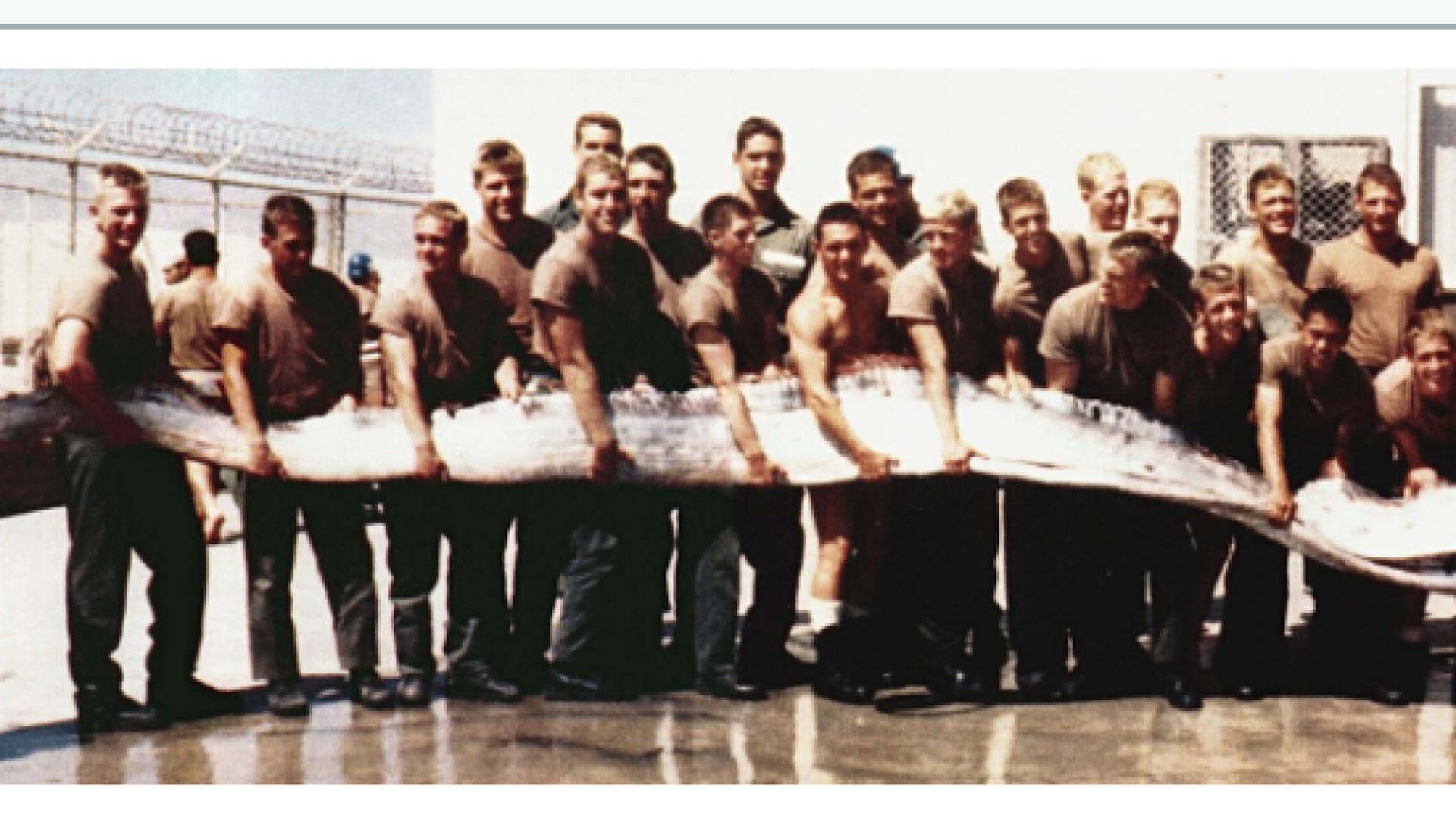
Oarfish, with their ribbon-like bodies and striking appearances, are true marvels of the deep. These elusive creatures can grow up to 36 feet long, making them the longest known bony fish. Their habitat in the mesopelagic zone, ranging from 200 to 1000 meters deep, has made them challenging subjects for scientific study.
Despite their imposing size, oarfish feed primarily on small prey like krill and other zooplankton. Their unique anatomy, including a dorsal fin that runs the length of their body, allows them to move through the water with a mesmerizing undulating motion. The recent La Jolla sighting provides a rare opportunity to study these fascinating creatures up close.
Myth vs. Science: Exploring the ‘Doomsday Fish’ Folklore
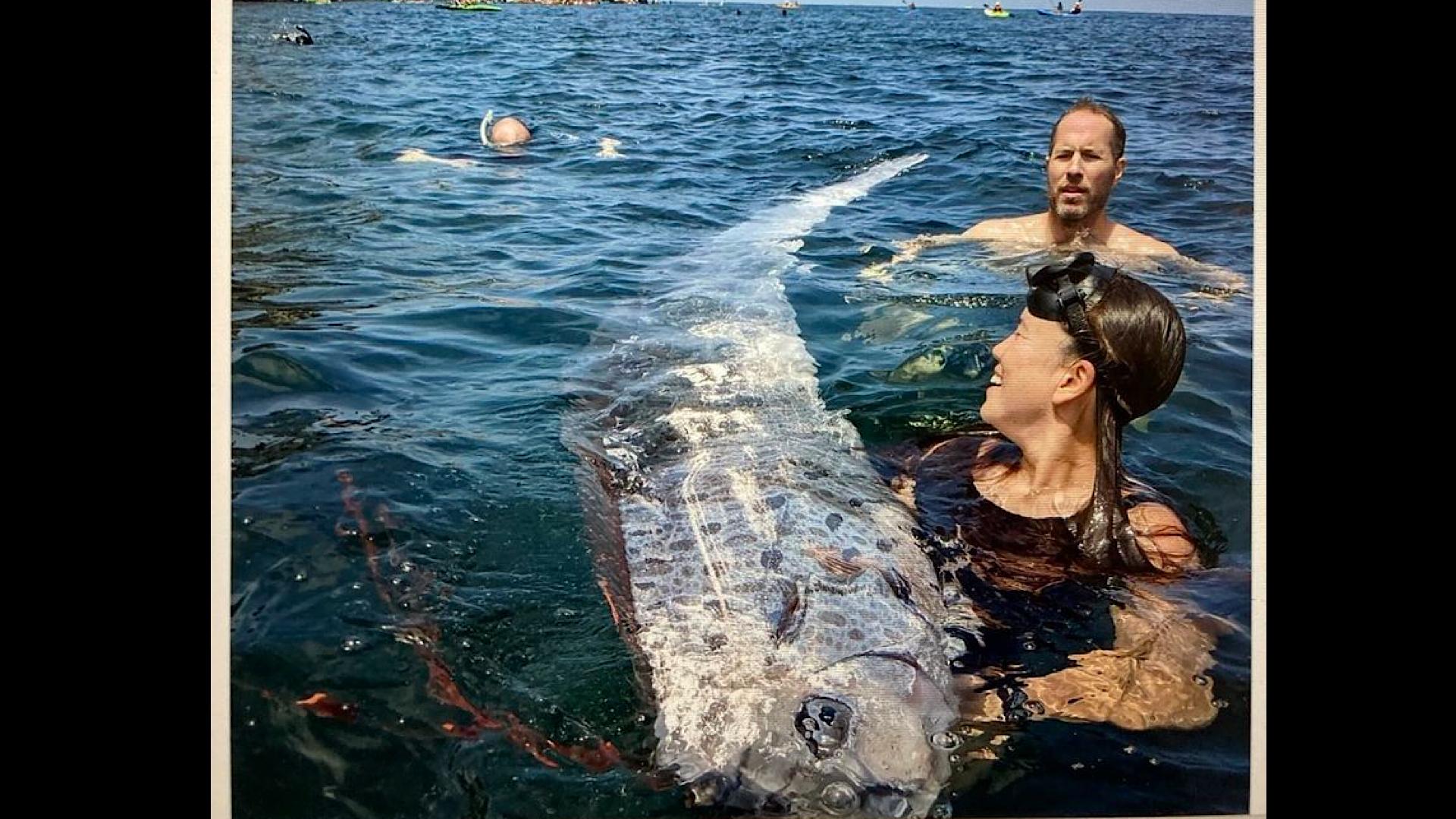
The oarfish’s reputation as a harbinger of doom stems from Japanese folklore, where they’re known as “Ryugu no tsukai” or messenger from the sea god’s palace. This belief gained traction after reports of oarfish washing ashore before the 2011 Tohoku earthquake and tsunami. However, scientists caution against drawing hasty conclusions from these anecdotal correlations.
While the idea of animal behavior predicting natural disasters is intriguing, current scientific evidence doesn’t support a causal link between oarfish sightings and seismic events. Researchers suggest that changes in ocean currents, water temperature, or food availability are more likely explanations for these rare surface appearances. The La Jolla incident offers a chance to separate fact from fiction and educate the public about marine biology.
Citizen Science in Action: How Local Kayakers Contributed to Marine Research
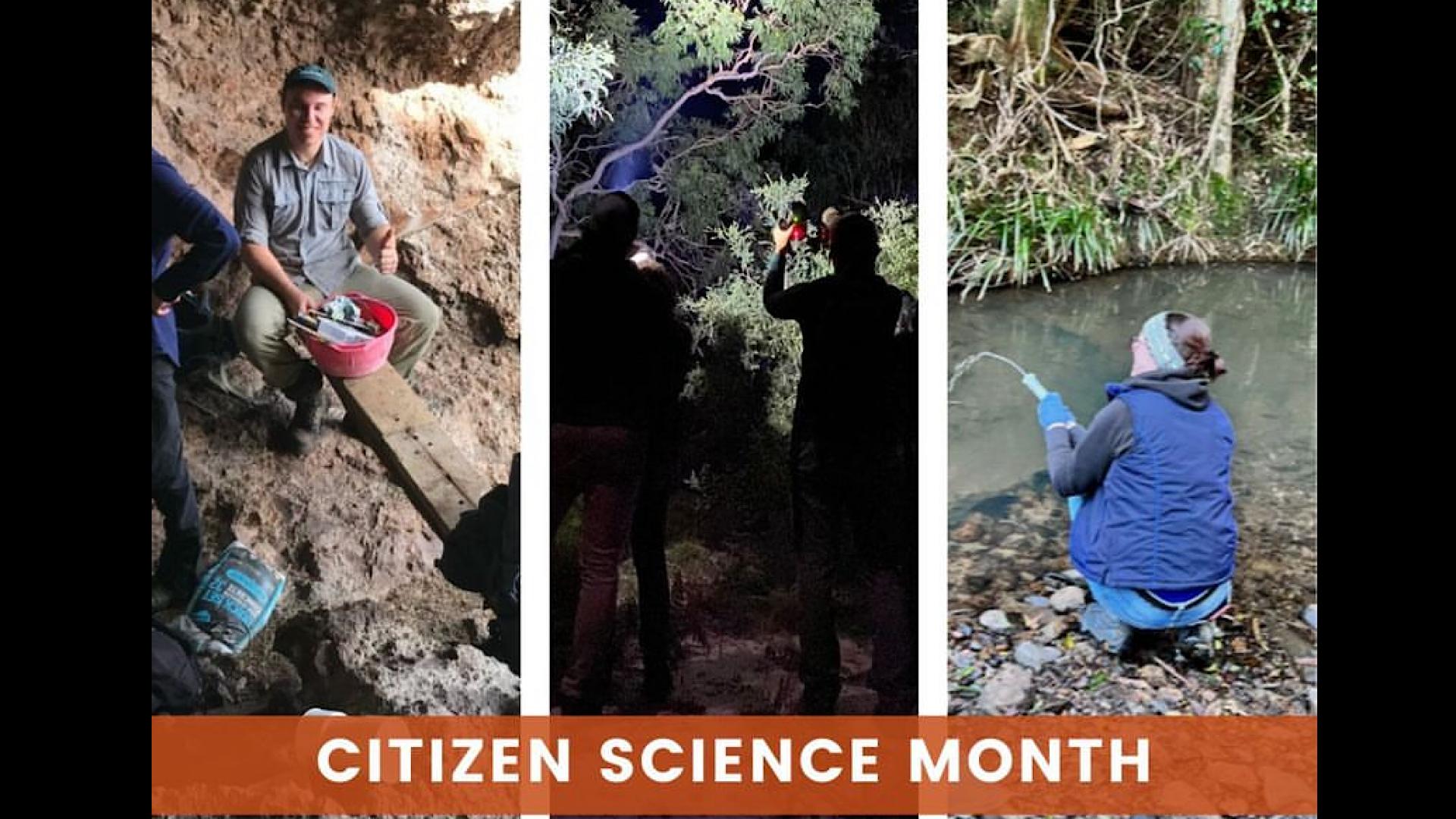
The discovery of the La Jolla oarfish highlights the invaluable role of citizen scientists in marine research. The quick thinking and collaborative efforts of local kayakers and snorkelers ensured that this rare specimen was preserved for scientific study. Their actions demonstrate how everyday enthusiasts can make significant contributions to our understanding of marine ecosystems.
This incident serves as a prime example of the growing importance of citizen science initiatives in oceanography. By engaging the public in data collection and observation, researchers can expand their reach and gather crucial information about rare species and events. The La Jolla oarfish discovery may inspire more people to get involved in marine conservation efforts and citizen science programs.
The Importance of Marine Vertebrate Collections in Scientific Study

Marine vertebrate collections, like the one at Scripps Institution of Oceanography, play a crucial role in advancing our understanding of ocean life. These repositories house thousands of specimens, providing researchers with invaluable resources for studying biodiversity, evolution, and ecological changes over time. The addition of the La Jolla oarfish to this collection offers a rare opportunity to examine a well-preserved deep-sea specimen.
Such collections enable scientists to conduct comparative studies, analyze genetic material, and even discover new species. They also serve as important historical records, documenting changes in marine populations and ecosystems over decades. The La Jolla oarfish specimen may yield insights into the species’ biology, feeding habits, and potential environmental stressors affecting deep-sea organisms.
Oarfish Sightings and Seismic Activity: Coincidence or Connection?
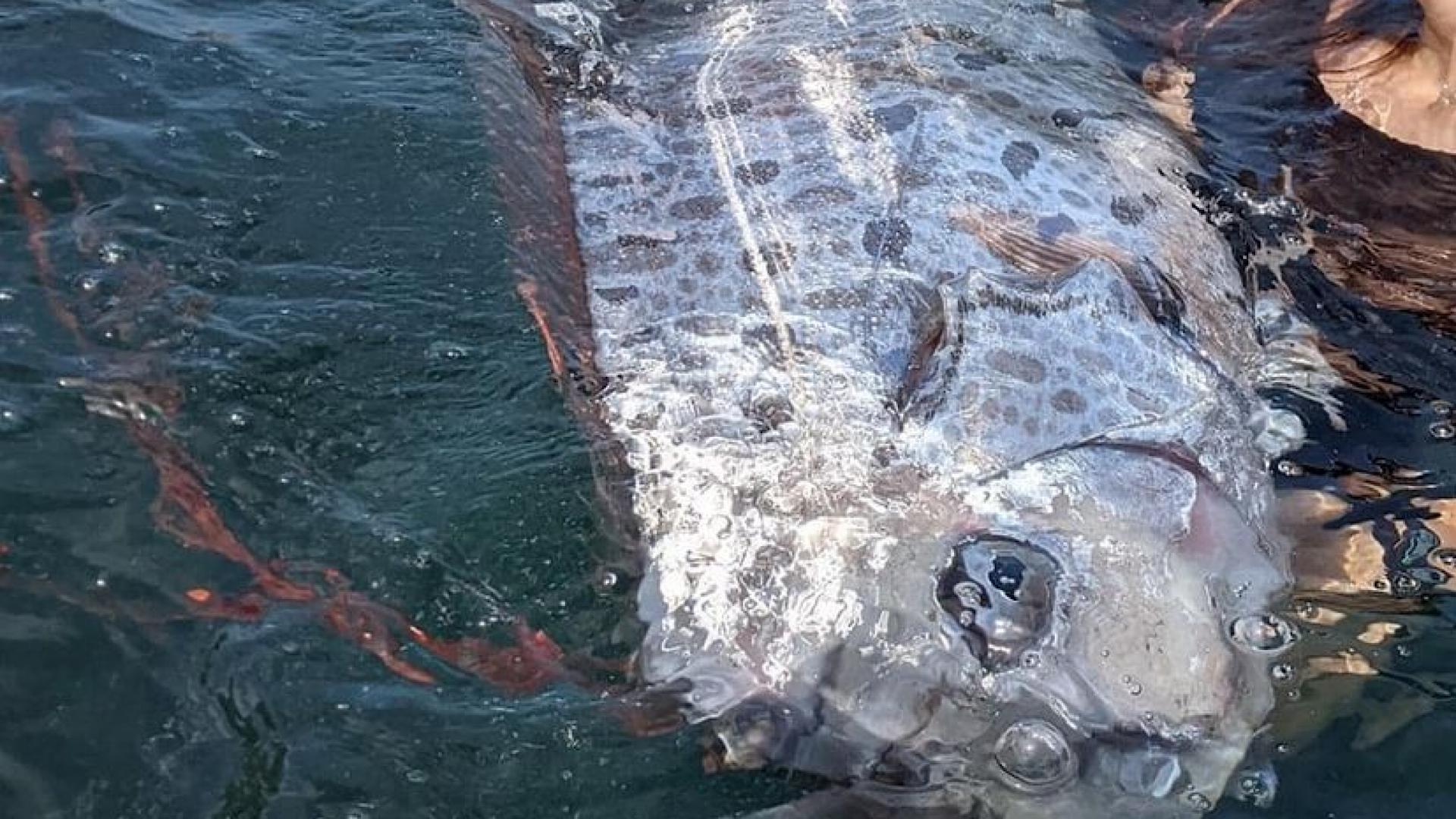
The temporal proximity of the La Jolla oarfish sighting and the subsequent earthquake near Los Angeles has reignited discussions about a potential connection between these events. Some researchers hypothesize that deep-sea creatures like oarfish might be sensitive to changes in the ocean floor preceding seismic activity. However, the scientific community remains skeptical of such claims due to lack of concrete evidence.
Critics argue that confirmation bias may be at play, with people more likely to remember and report oarfish sightings that occur before earthquakes. To establish any credible link, long-term studies tracking oarfish behavior and seismic activity would be necessary. The La Jolla incident provides an opportunity to gather more data and potentially design future research to explore this intriguing hypothesis.
Climate Change and Its Potential Impact on Deep-Sea Creature Behavior

As global temperatures rise, the effects of climate change are increasingly felt in our oceans. Changes in water temperature, acidity, and oxygen levels can have profound impacts on marine ecosystems, potentially altering the behavior and distribution of deep-sea species like the oarfish. The La Jolla sighting raises questions about whether such occurrences might become more frequent due to changing oceanic conditions.
Researchers are keen to investigate whether climate-induced changes in deep-sea habitats could be driving species like oarfish closer to the surface. This incident underscores the need for continued monitoring and study of deep-sea ecosystems to understand how they are responding to global environmental changes. The oarfish may serve as an important indicator species for the health of these little-understood habitats.
The Role of Social Media in Spreading Awareness About Rare Marine Sightings
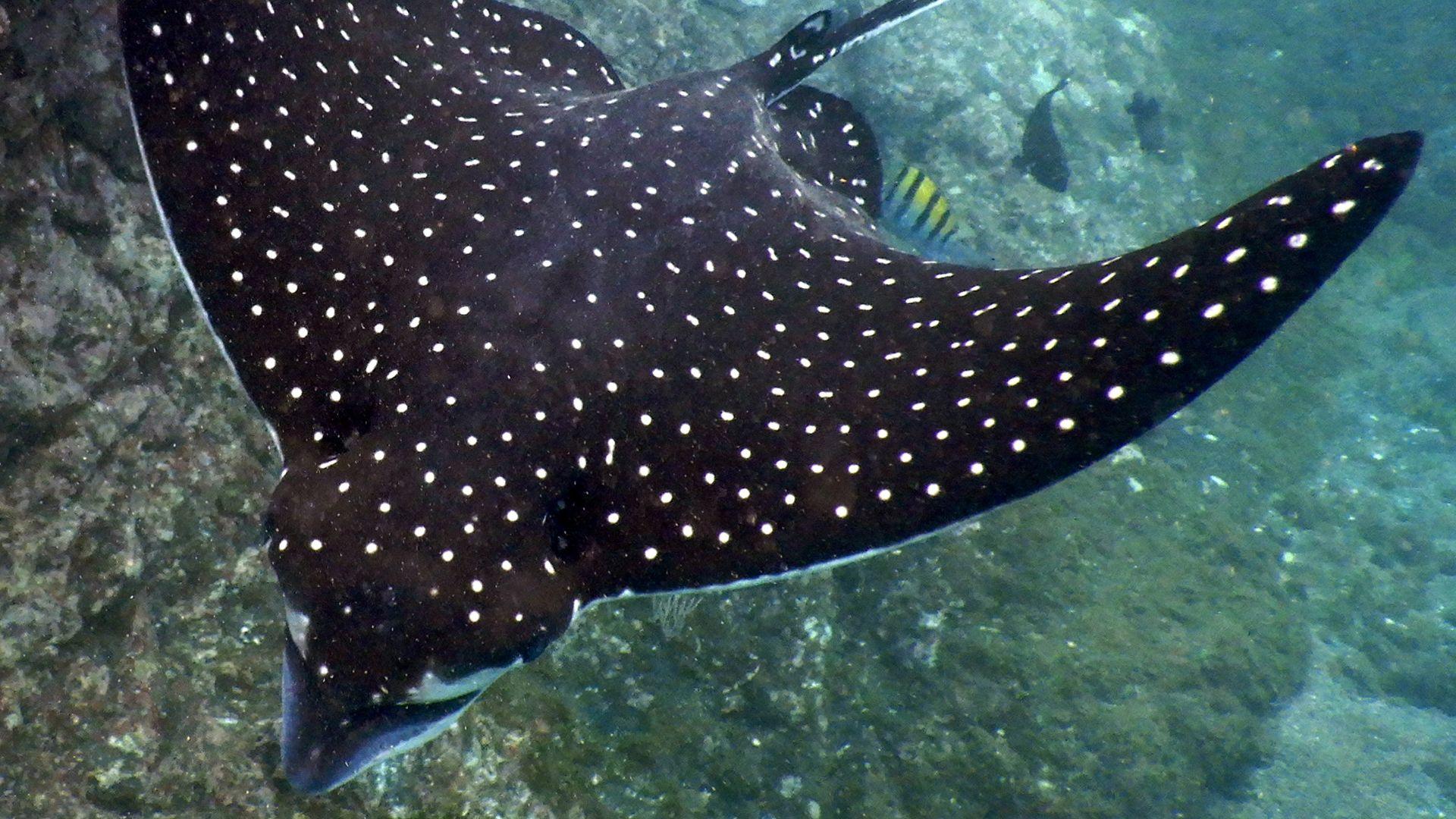
The rapid dissemination of information about the La Jolla oarfish sighting demonstrates the power of social media in raising awareness about rare marine events. Platforms like Twitter, Facebook, and Instagram enable real-time sharing of images and information, allowing news of such discoveries to reach a global audience within hours. This connectivity can be a powerful tool for marine conservation and education.
However, the viral nature of social media can also lead to the spread of misinformation or sensationalism. In the case of the oarfish, myths about its predictive powers could overshadow the scientific significance of the discovery. This incident highlights the need for responsible reporting and the importance of scientists engaging with the public through social media to provide accurate information and context.
Conservation Implications: What Rare Sightings Tell Us About Ocean Health
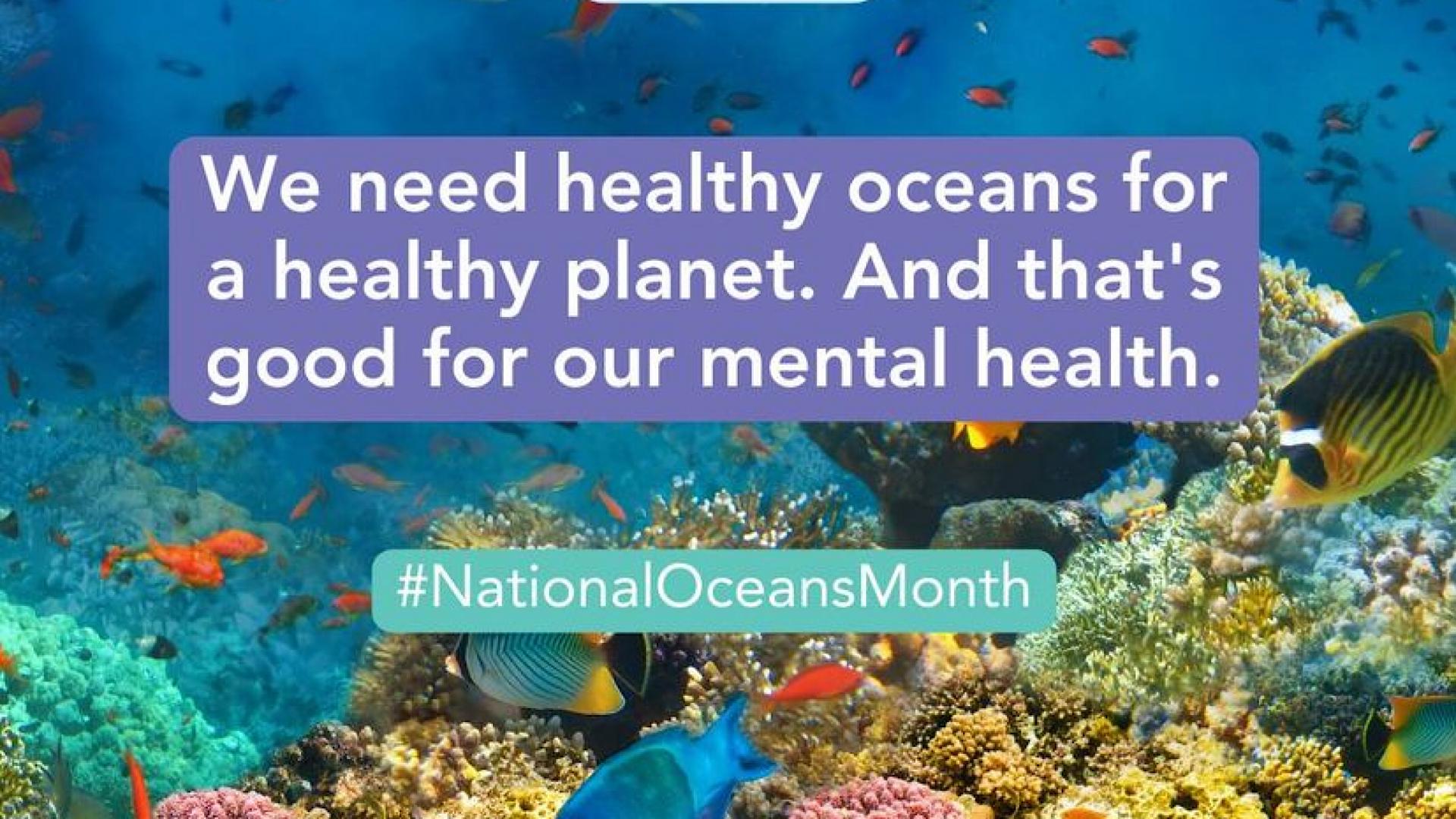
Unusual events like the La Jolla oarfish sighting can serve as important indicators of broader changes in marine ecosystems. While a single incident doesn’t necessarily signal a trend, repeated occurrences of deep-sea species appearing in shallow waters could point to disruptions in their natural habitats. Such sightings underscore the interconnectedness of marine ecosystems and the potential far-reaching impacts of environmental changes.
These events also highlight the importance of ongoing marine conservation efforts. Protecting deep-sea habitats, reducing pollution, and mitigating the effects of climate change are crucial for maintaining the health of species like the oarfish. The public interest generated by such rare sightings can be leveraged to promote greater awareness of marine conservation issues and encourage support for protective measures.
From Discovery to Lab: The Journey of a Specimen in Marine Research
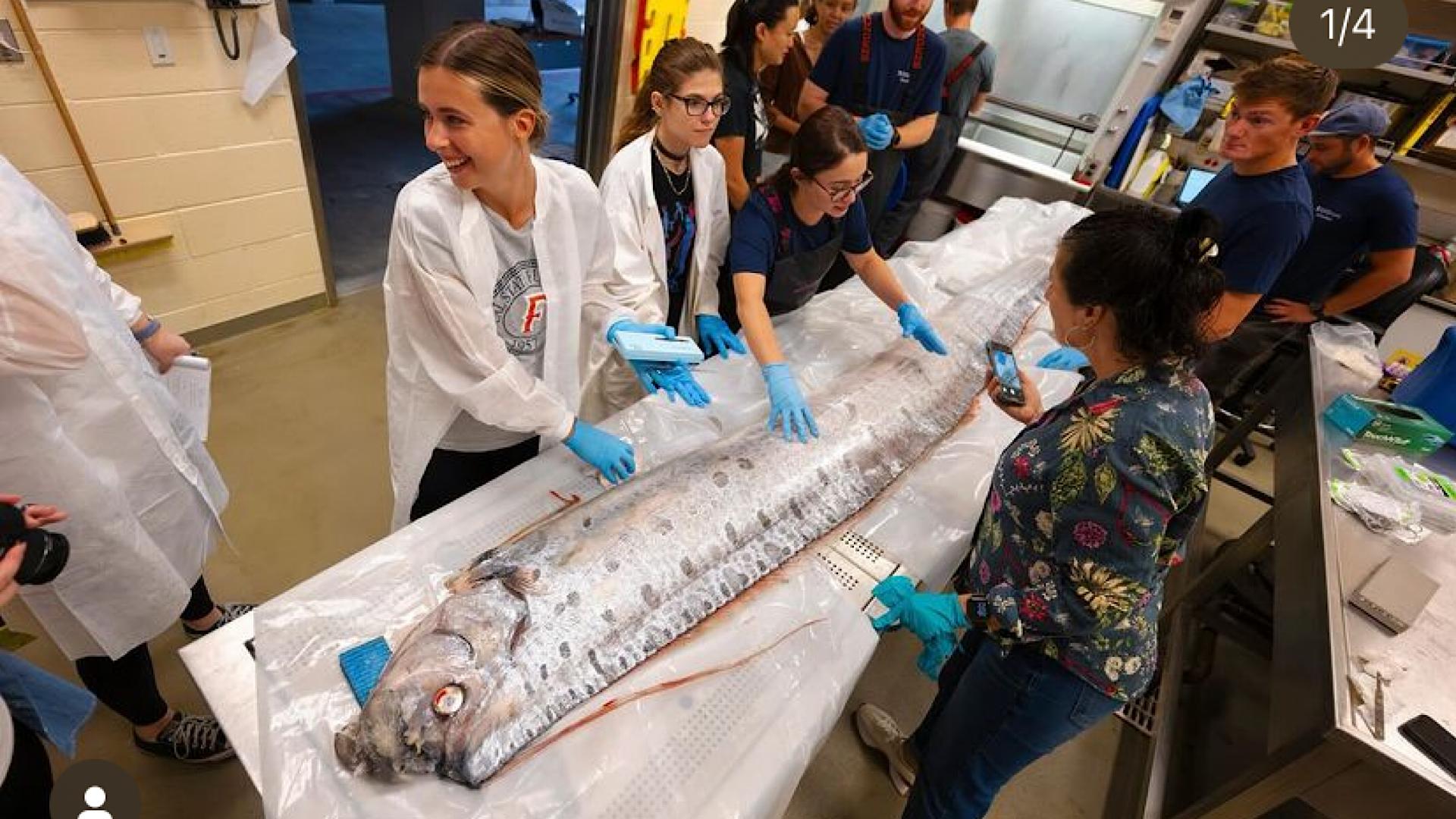
The journey of the La Jolla oarfish from its discovery to its place in the Scripps Marine Vertebrate Collection illustrates the meticulous process of scientific specimen preservation and study. Immediately after discovery, careful handling and rapid transportation are crucial to prevent decomposition. Researchers then conduct a thorough external examination, taking measurements and photographs to document the specimen’s condition.
Following initial documentation, the specimen undergoes a necropsy to determine the cause of death and collect tissue samples for further analysis. These samples may be used for genetic studies, toxicology tests, or isotope analysis to learn about the animal’s diet and habitat. The preserved specimen then becomes a valuable resource for future research, potentially contributing to studies on oarfish biology, deep-sea ecosystems, and marine biodiversity for years to come.

